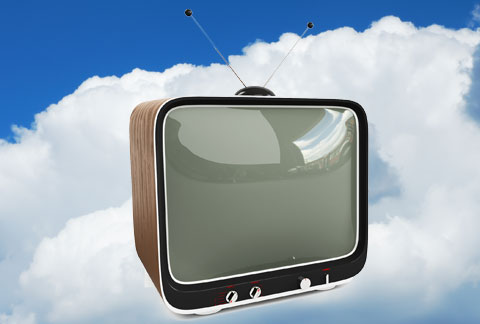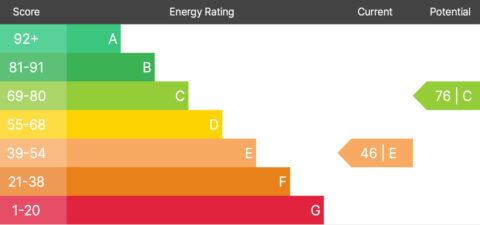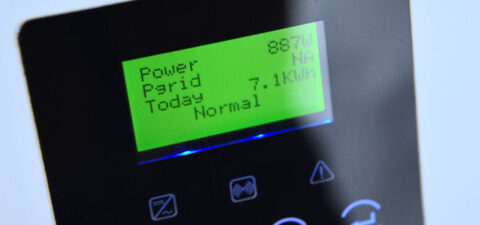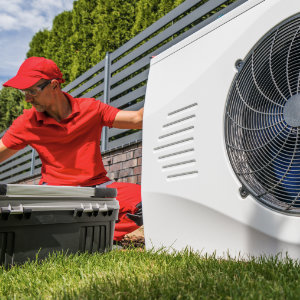I’ve noticed a trend in our household that it’s so easy to view missed TV programmes via the computer that the TV’s becoming redundant! And a new report in the US by Nielsen backs this up. It shows that television ownership has dropped for the first time in 20 years. The 2.2% from 98.9% to 96.7% doesn’t seem like a lot, but it represents about 1.2 million households that don’t own televisions. The authors conclude that there could be a number of reasons for this; including digital TV transition, the down turn in the economy, and the multiple platforms letting people view home video online and mobile devices. But Nielsen reports, “A small subset of younger, urban consumers are going without paid TV subscriptions. Long-term effects of this are unclear, as it’s undetermined if this is also an economic issue, with these individuals entering the TV marketplace once they have the means, or the beginning of a larger shift to viewing online and on mobile devices.”
It could be down to the economy Nielsen notes, “The last such UEs decline occurred in 1992, after Nielsen adjusted for the 1990 Census, and subsequently underwent a period of significant growth.” But could it signal a change in viewing habits that could help the environment by reducing waste generated in manufacturing TV’s? Probably not! As the energy used in delivering on-demand television services is always going to be more than any broadcast system – which just deliveries content in a single stream over the airways, cables or the Internet.
Think of the processing your computer has to do to play a video from your hard drive, the latest episode of Dr Who, for instance, then multiply that by a hundred, or a thousand, or even hundreds of thousands of people, all trying to view that same video file at slightly different times, what would happen? Your computer would simply grind to a halt; this principle applies to on-demand video services sitting somewhere in this virtual cloud that we never see. All these video servers are consuming vast amounts of energy to store and deliver this content at our convenience. They all need to backed-up, so everything needs to be stored twice! The machines have to be superfast to deliver high quality high-resolution formats we are starting to expect. Our networks/broadband need to have major upgrades to cope with the enormous increase in data traffic, our service providers are trying to pass on the cost by limiting bandwidth usage and charging for when we go over our limits. Are less broadcast TV’s going to lead to lower energy consumption? I don’t think so.


































